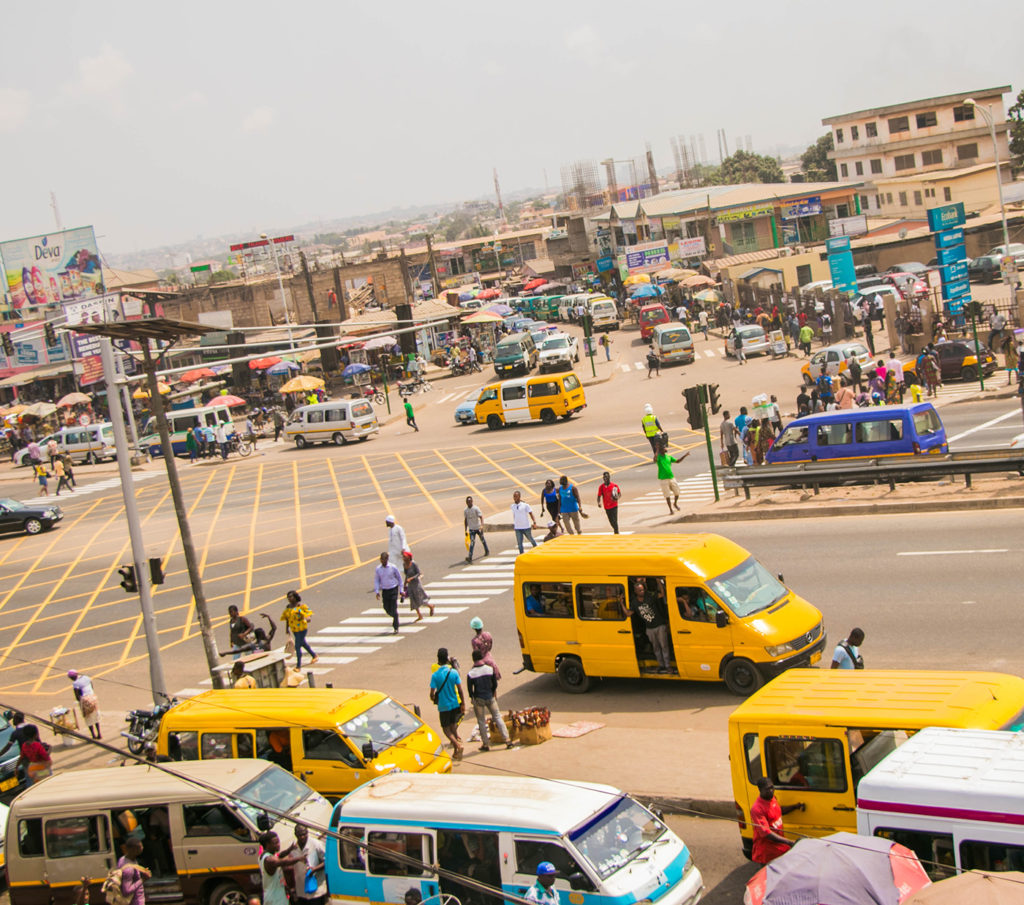
For more than a decade, the earth’s population has been more urban than rural—and that means cities are uniquely positioned to address health. With the right policies and priorities, cities can lead a transformation in health, to a future where each sector of society can do its part to help people live longer, healthier lives. Vital Strategies’ flagship urban health program, the Partnership for Healthy Cities, is working with mayors around the world to address the drivers of noncommunicable diseases and injuries with policies and interventions proven to save lives, such as reducing sugary drink consumption, increasing seat-belt and helmet use, or promoting active, safe mobility. At the same time, Vital Strategies’ road safety program has contributed to impressive results in the past five years, including a reduction in traffic deaths in Fortaleza, Bogota, Mumbai and Bandung; it’s poised to expand from 10 cities to 30 cities and 15 countries in 2020.
What To Watch
On December 12, Bloomberg Philanthropies announced that Tokyo was the newest city to join the Partnership for Healthy Cities as part of a $12 million reinvestment to expand the number of cities in the program from 54 to 70. Learn more about the city of Accra’s successful intervention and watch the transformation of Lapaz intersection.
Expert Focus
In this recent Q&A, Ariella Rojhani, Director of Vital Strategies Partnership for Healthy Cities, discusses how mayors can use their authority to spur policy changes that can have a positive impact on the health of large populations.
Global Policy Watch
Building Cities to Empower Their Residents
On World Cities Day, José Luis Castro, Vital Strategies President and CEO, called on “officials, residents, community groups, civil society and businesses to work in partnership to make their cities places that build health and wellness. A future where no one dies of a preventable disease or injury belongs to all of us.”
How Cities Can Drive Action on Public Health
The growth of cities creates public health challenges, but also huge development and economic opportunities. In an article published by U.S. News and World Report, Adam Karpati, Vital Strategies’ Senior Vice President, Public Health, and Kelly Henning, who leads Bloomberg Philanthropies’ public health programs, outline what it takes for cities, and their mayors, to advance significant progress in helping residents live healthier lives.
From The Field
Cities in Focus
Learn more about two Partnership cities, Athens and Ouagadougou, and their chosen interventions in this recent blog.
How One City Reduced its Road Crash Deaths by a Remarkable 40 Percent
Fortaleza, Brazil took a multi-pronged approach to improving road safety. Read about how their ambitious four-year effort paid off with a dramatic reduction in road crash deaths and injuries as well an improved infrastructure for pedestrians and cyclists.
Resources
Urban Health (Oxford University Press)
WHO Global Action Plan for the Prevention and Control of Noncommunicable Diseases 2013-2020
The Power of Cities: Tackling Non-Communicable Diseases and Road Traffic Injuries (WHO)